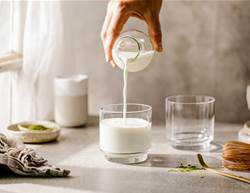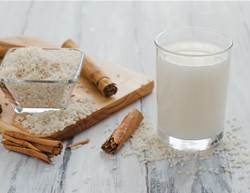Plus, which cellulite treatments are worth your hard-earned cash, and what you can realistically expect from using them.
The market has become saturated with a near-endless number of creams, oils, massagers, and cups that promise to rid your butt and thighs of those annoying dimples we call cellulite—a cosmetic issue that, according to studies, affects up to 90% of women. But do any of these products actually live up to the hype?
Rather than heed the label claims (tempting though they might be), we went straight to the experts to find out. Here, five dermatologists share what they really think about cellulite fighters, which ones are actually worth your hard-earned cash, and what you can realistically expect from using them.




Photograph by Getty Images
You can’t prevent cellulite—and weight gain makes it worse.
Cellulite is caused by the structural relationship between the skin’s fat lobules and the underlying connective bands that attach them to the muscle layer, explains Dr Cynthia Bailey. Some people’s fat lobules are more prone to protrude upwards—and the more they protrude, the more likely you are to see cellulite.
Unfortunately, this is genetic—so there’s not much you can do to change it. “I’ve never seen any good scientific proof to support the various creams, treatments and technology marketed to improve cellulite, so we don’t offer any cellulite treatments in my dermatology practice,” she says.
There’s one thing you can do to avoid making the cellulite you do have worse, though: maintain a healthy weight. When lobules accumulate more fat, they protrude more, and make dimples appear more prominent, Bailey says.
Photograph by Getty Images
Some products and treatments can offer a temporary fix.
[description]“The bottom line is, cellulite is a difficult problem [and] treating it is very difficult,” says Dr Robin Evans. Laser treatments can offer modest, temporary improvements for some people, so they may be worth asking your dermatologist about, Evans says.
Prefer to go the less invasive route? Regular massage can boost circulation to minimise swelling and inflammation. Moisturising can help, too. And there are some botanicals commonly used in moisturisers that soften skin to give it a smoother appearance—including sativum pea extract, sericea bark or root extract, jojoba oil, eucalyptus oil and kola leaf extract, she says.
Photograph by Getty Images
Lifestyle changes might make a difference.
While it isn't possible to prevent cellulite, that doesn’t mean you can’t alter your lifestyle to improve existing cellulite, says dermatologic surgeon Dr Sejal Shah. Exercising can increase muscle tone and give your skin a smoother appearance. Eating right helps, too, since loading up on refined carbs, salt, and unhealthy fats can increase swelling and inflammation—two enemies of smooth skin.
Consider getting into the habit of dry brushing, too. It exfoliates skin and is touted to remove toxins, which is thought to reduce the appearance of cellulite, Shah says. For best results, use long strokes towards your heart and make sure to rinse off all those dead skin cells, stat!
Photograph by Getty Images
Supermarket creams can be helpful—sometimes.
“I don’t typically recommend topical creams as the sole method for treating cellulite, but I think it can be helpful in combination with other forms of treatment,” says Dr Melanie Palm. "Cellfina is excellent—you can see dramatic changes within three to seven days." Sculptura is another treatment that can help—it’s a minimally invasive injectable that can improve skin’s structural support to minimise that rippling appearance.
When looking for a cellulite cream, Palm says to seek out one with these key ingredients:
- Caffeine: It constricts blood vessels, reducing swelling and inflammation that can create the appearance of cellulite.
- Retinol or retinoid: These vitamin A derivatives thicken the dermis—the second layer of skin. By thickening it, textural irregularities can be reduced.










